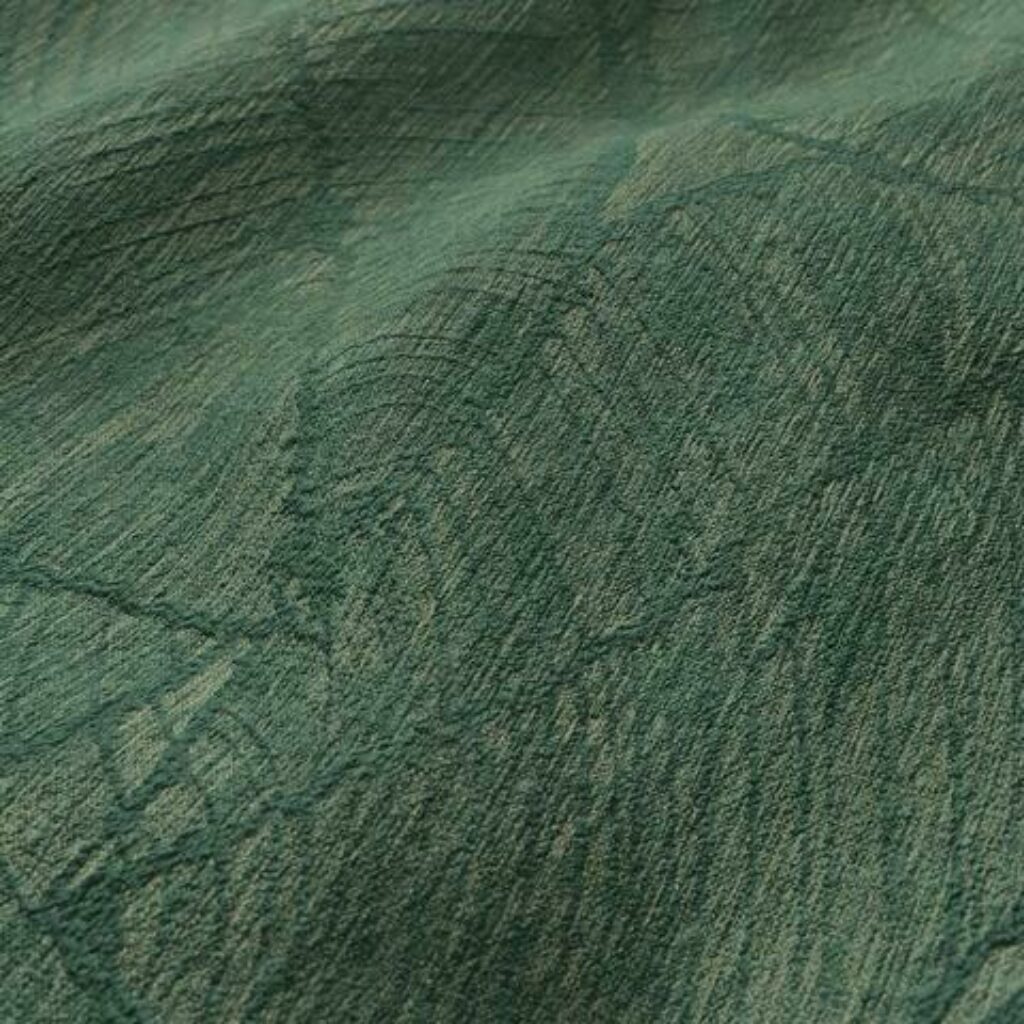Biomimicry in Textile Design: How to Innovate with Nature's Inspiration
Biomimicry is the practice of learning from and emulating nature's designs and processes to create sustainable solutions for human challenges. Textile design is increasingly turning to biomimicry for inspiration and innovation.
By incorporating biomimicry into textile design, designers can create materials that are not only aesthetically appealing but also eco-friendly and functional.
Ways to Apply Biomimicry in Textile Design
Diverse Natural Fibres
One way to apply biomimicry in textile design is by using diverse natural fibres that mimic the properties of plant and animal structures. For instance, spider silk has long been admired for its strength and flexibility, inspiring the development of synthetic fibres with similar characteristics. Similarly, the insulating properties of wool can be replicated using plant-based fibres like hemp and flax.
Plant Structures and Surfaces
Plant structures and surfaces can also serve as inspiration for textile design. For example, the microscopic structure of lotus leaves, which repels water and dirt, has inspired designers to create self-cleaning fabrics. Additionally, the iridescent colours found in butterfly wings and peacock feathers have led to the development of textiles with colour-shifting properties.
Examples of Biomimicry in Textile Design
Several notable examples of biomimicry in textile design include:
- The creation of synthetic fabrics that mimic the water-repellent properties of lotus leaves – Fabrication of water repellent cotton fabric by coating nano particle impregnated hydrophobic additives and its characterization
- The development of fibres inspired by the strength and flexibility of spider silk - Artificial spider silk from ion-doped and twisted core-sheath hydrogel fibres
- Textiles that change colour based on the iridescence found in butterfly wings and peacock feathers - Insights of Colour Changing Textile Materials
Benefits of Biomimicry in Textile Design
As Janine Benyus, a biomimicry pioneer, once said, "Biomimicry introduces an era based not on what we can extract from nature, but on what we can learn from her." The benefits of biomimicry in textile design include:
- Reduced ecological footprint: By mimicking nature's efficient processes, designers can create textiles that require fewer resources and generate less waste.
- Enhanced functionality: Biomimetic textiles often possess unique properties, such as self-cleaning or colour-shifting abilities, that provide added value to consumers.
- Improved sustainability: The use of natural fibres and processes inspired by nature can help reduce the environmental impact of textile production.
Practical Advice for Designers
For designers interested in incorporating biomimicry into their work, the following tips and resources can be helpful:
- Observe nature: Spend time outdoors observing plants, animals, and natural processes for inspiration.
- Research:Learn about existing biomimetic textiles and materials to understand how nature's designs have been applied in the industry.
- Collaborate:Work with experts in biology, materials science, and other relevant fields to develop innovative biomimetic textiles.
- Be responsible: Ensure that the use of biomimicry in textile design does not harm the environment or contribute to the depletion of natural resources.
TEXTILES DESIGNED FOR A BRIGHT FUTURE
If you're interested in learning more about how textiles can help shape our lives today and into the future, then explore our free fabrics academy. We offer a wide range of shorter articles and longer, in-depth guides that will give you the vital insights and knowledge to become an expert in the field.
FibreGuard’s upholstery fabrics are engineered from the inside out to perform, so no wonder they’re easy on the hands (and eyes). When compared to fashion, interior and exterior household furnishing fabrics are more durable, require fewer washing cycles and have greater longevity. However, we are committed to our responsibility to ensure we find solutions for better products and product life cycles. Read more about our sustainability commitment here.
